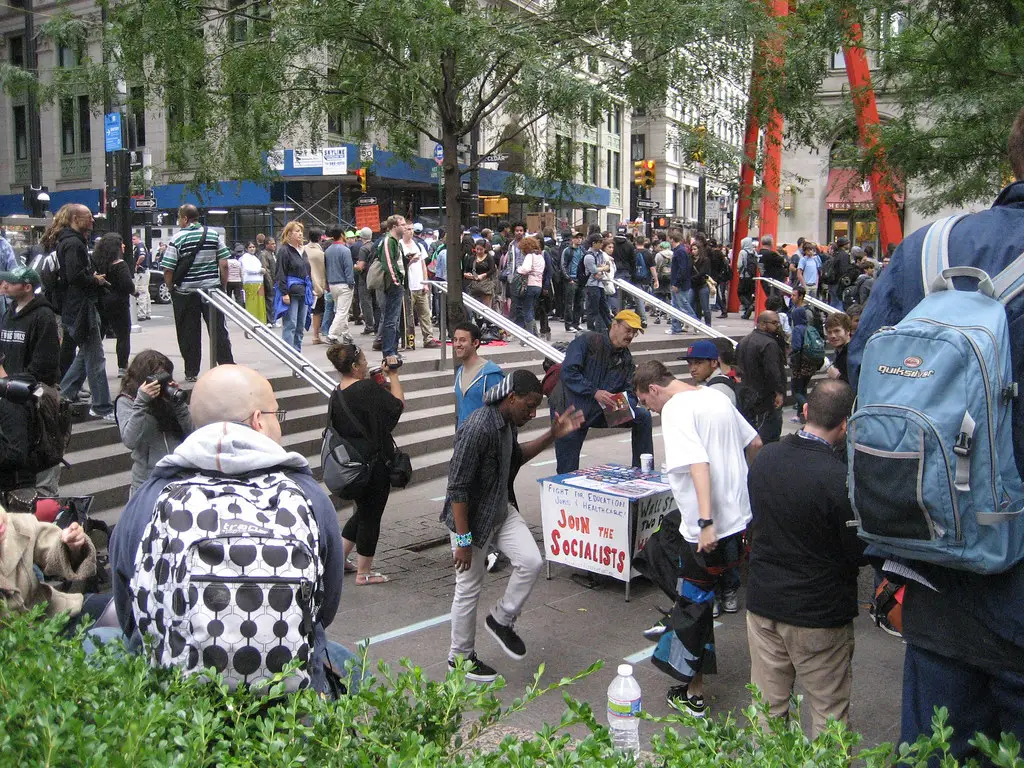Last month’s riots undoubtedly rocked London exposing a gritty underside to the reality of urban living in the capital and showing signs that the British government’s ‘Big Society’ agenda most certainly was not going to plan. But just minutes walk from the epicentre of the riots in Tottenham, theft, trespass and property damage of a different kind have been occurring almost unnoticed and it’s been contributing to community wellbeing for the last seven years.
Lying in one of London’s disused, Victorian settling tanks, ‘The Spot’ is a self-made, freestyle BMX park, envisaged and built entirely by those who ride it. Its conception arose from a tight-knit group of riders in response to the lack of adequate locations being provided by the public sector at the time. The cement was mostly stolen from local building sites, electrical covers from the adjacent train line were removed appropriated as crucial drain covers and to top it all, two years in, English Heritage were made aware that the group were illegally building upon a grade 2 listed, heritage site.
And yet, seven years on, the riders have full support from both English Heritage and Harringay Borough Council. ‘How we got away with this is beyond me’ says Steve Barrow, one of The Spot’s key originators.

Their creation was no mean feat. Initially, construction depended upon manual labour alone. Steve showed me where a team of 15 had lifted and relocated the very first two-ton concrete blocks by hand that had been misplaced as the site originally fell into disrepair. ‘It was a truly fucking Egyptian style building process’ he explains.
The Spot was never intended to reach the size that it is today. The self-builders originally set out to construct a network of smaller riding spots across London’s East End under the name of the Hackney Cement Association (yes, ironically taking the same acronym as the Homes and Communities Agency). This could be as minimal as a small volume of concrete, crafted to provide transition from any unassuming horizontal to vertical plane. But the pace of work at The Spot quickly advanced. Soon generators were brought on site, running a pneumatic drill and lights for episodes of building that ran into the early hours of the morning.
When English Heritage raised alarm at the scale of their work, Harringay Council decided to intervene. But they soon saw how their effort had inadvertently sparked a social transformation in an area that had previously been notorious for heavy drug use and knife crime. Councillors offered their support and promptly poured a token £15K worth of work into the site. Steve explained how they were disappointed by the council’s uninvited intervention. It lacked the craftsmanship and design insight that they had so lovingly applied to the project so far. But he recognised that the contribution gave them the seal of approval from the Council and they were now free to adapt the site as they needed without the worry of official sanction.

But The Spot has by no means been a fairy tale ‘build-the-dream’ project. Bitter disputes and even on site fistfights have jeopardised progress and caused tentative, long-standing divides within the BMX community. Disagreements, it would seem, are often part and parcel of bottom up change in our cities.
To this day however, it continues to be lovingly cared for and continually expanded by a growing BMX community including some of those who originally built it. It’s an invaluable space that a) so directly responds to the needs of it’s users and b) is crucially flexible : when it no longer fulfils their needs or their craftsmanship fails they chip in and rebuild.
And The Spot is by no means the only example of this kind of guerrilla urbanism in the UK. Throughout the country, in, what Farley and Roberts describe as, the ‘Edgelands’ of our cities, citizens with their own rationale can be found taking the initiative and appropriating space. Here the government and the Big Society agenda should take note, for Hou argues that struggle and insurgency are the true mark of public space. Such functions in our cities are not ‘enabled’ by government legislation. This urbanism is intrinsically free from the vying for public opinion and the need to bend to the agendas of those in power. It has the capacity to truly advance social justice in the built environment.
Photos: quis.cc


